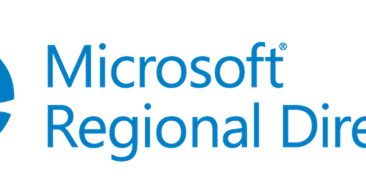
This was not what I was expecting earlier this week:
I am delighted to welcome you to the Microsoft Regional Director program!

More specifically, the nomination I received some weeks back was not what I expected and this week’s message was what I’d dared not get my hopes up too much about.
A bit of context first – I’m not going to work for Microsoft and despite the title of “Microsoft Regional Director”, I’m no more an employee than what I was (and still am) an MVP. The MVP title remains and what the Regional Director status does is turns that up to 11. Here’s what they told me in the email:
The competition for admission to this program was intense. Your selection is a tribute to your deep technical and business knowledge, your community leadership, and your ability to connect with Microsoft customers, partners, prospects, and product group professionals.
There’s a good little piece on what the Microsoft Regional Director Program is plus a list of the folks that I join on the program which will include many familiar names if you travel in Microsoft circles. I’ll join them representing the Asia Pacific region and I expect it will give me better access to the right people in Microsoft (although in fairness, I’ve never felt this has been a challenge in the past) as well as obviously carrying kudos which helps when talking to the various organisations I work with.
As with the MVP program, independence is still key and also as with the MVP program, I suspect I’ll continue to face a barrage of “well you have to say that, because Microsoft” responses from time to time. I’ll continue to get my phone and tablet Apple, my browser from Google and my laptops from Lenovo, but I’ll also continue to love working in Visual Studio with ASP.NET and publishing it up to Azure. That’s what independence looks like.
I’m really grateful to have this recognition, particularly because it’s comes as a result of just doing what I genuinely love. I’m really enjoying creating Pluralsight courses, travelling the world to speak and spend time with organisations in workshops and seeing Have I been pwned continue to grow in unexpected ways, all of which give me an opportunity to showcase many wonderful technologies, including those from Microsoft. All of that only works because I have an audience though so a big thanks to everyone who’s helped me along the way by consuming the things I create and enabling me to have these opportunities.
